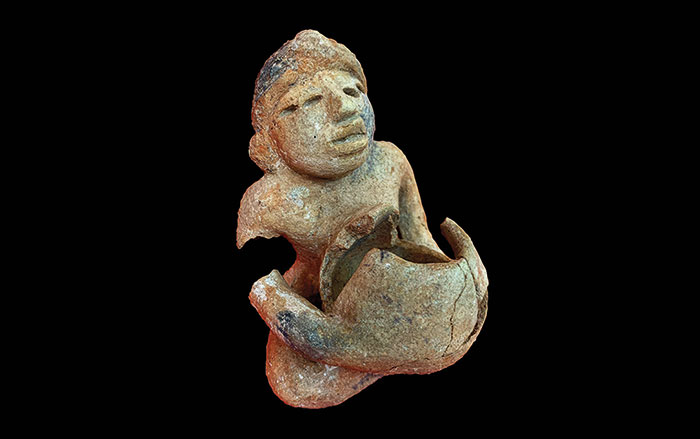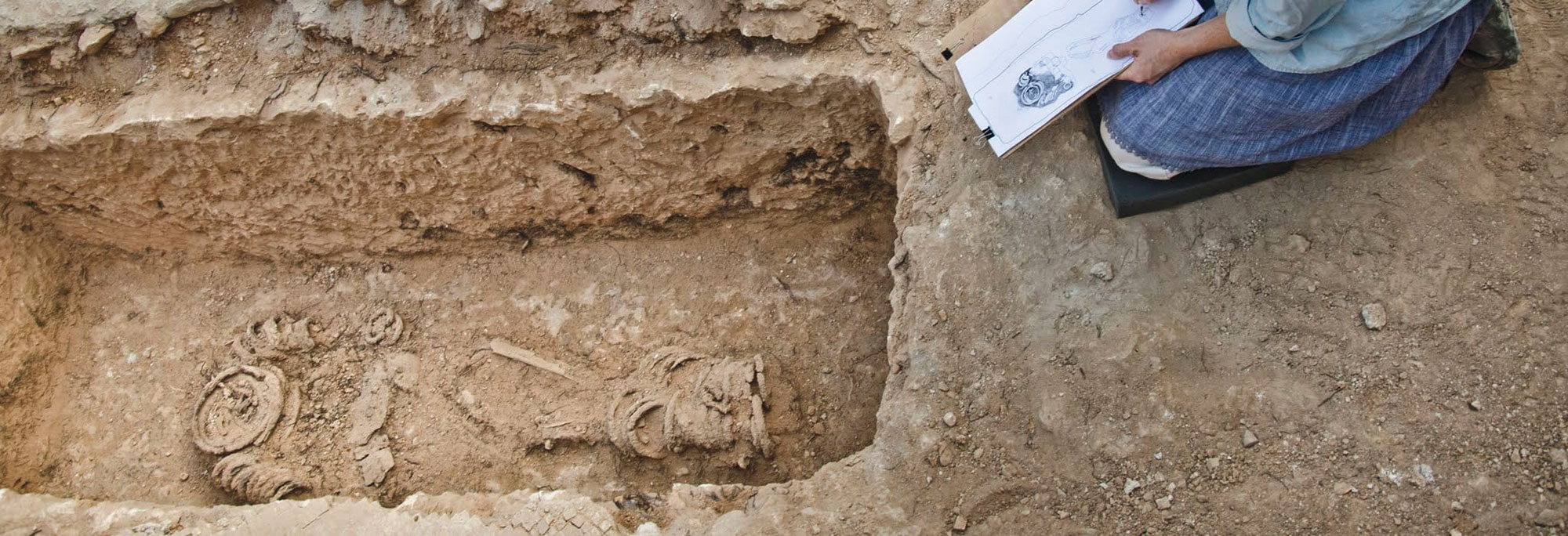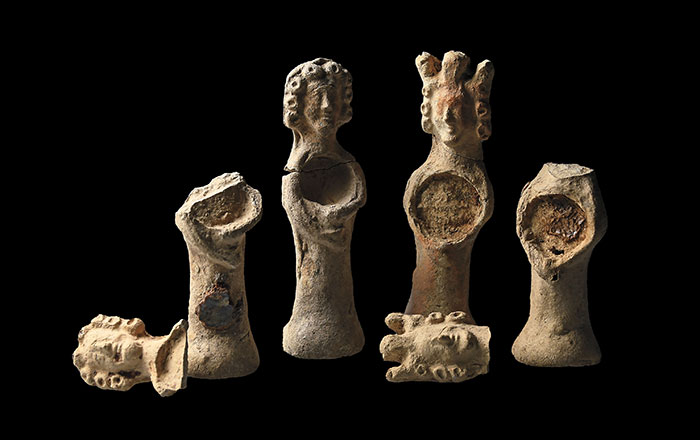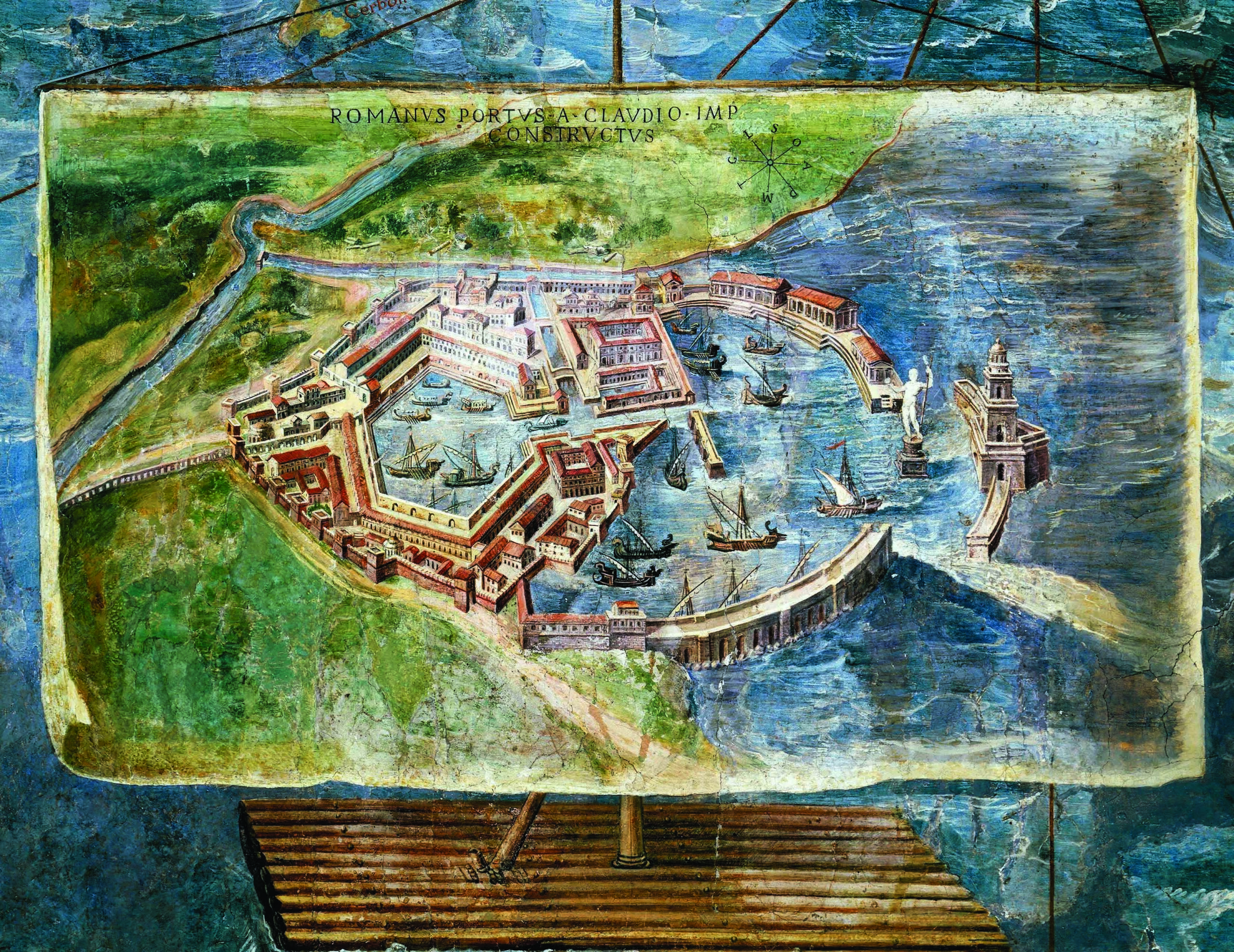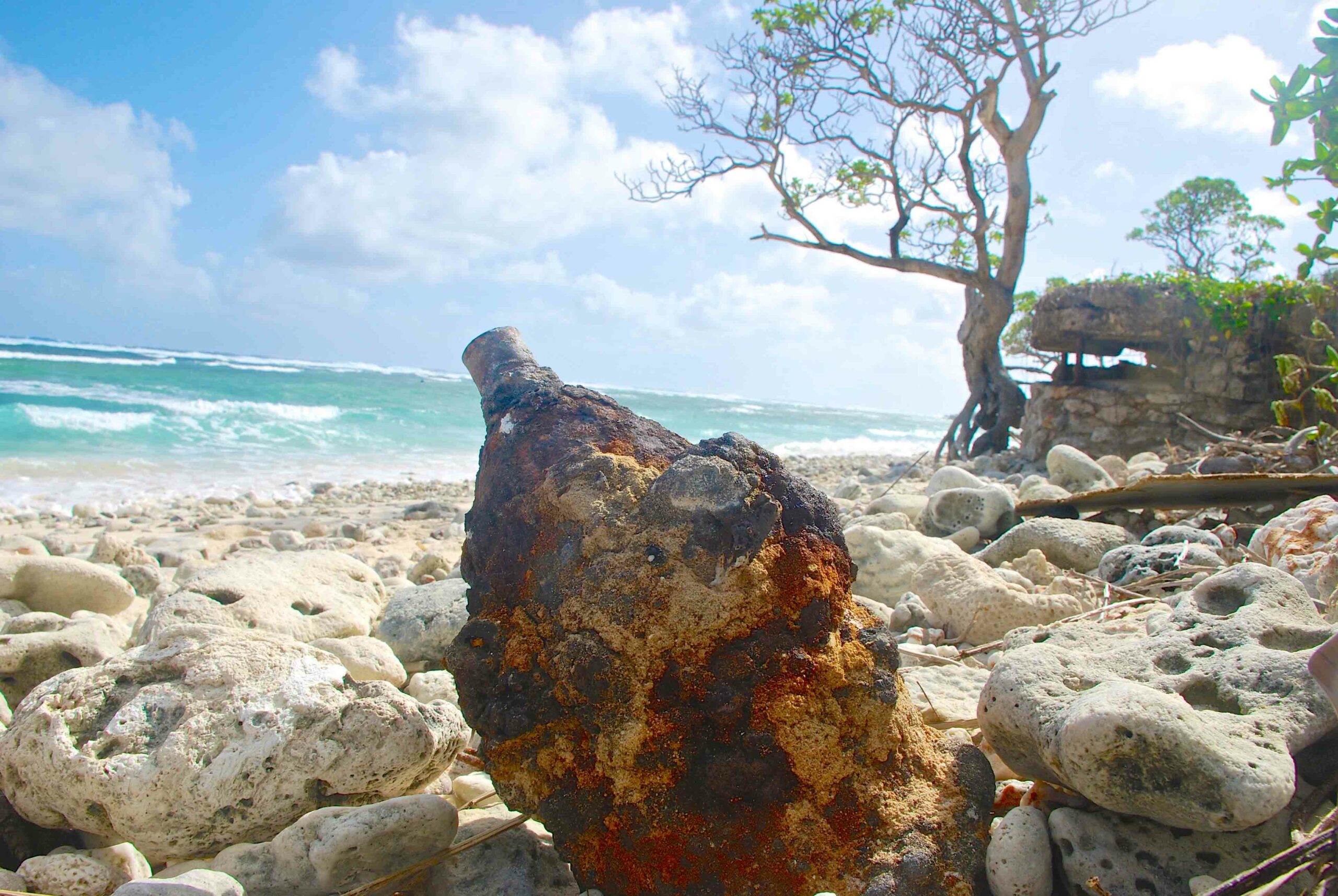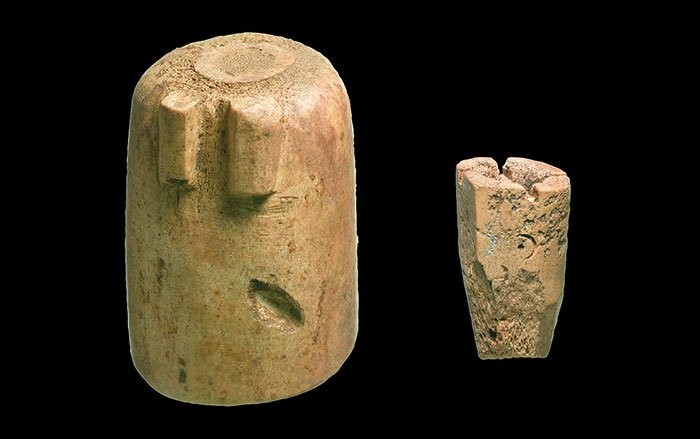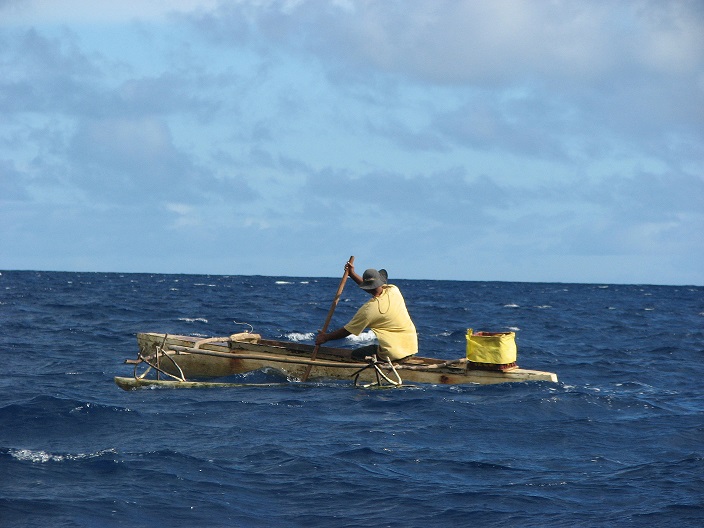
SALT LAKE CITY, UTAH—Adrian Bell of the University of Utah and his colleagues developed a model of the colonization of remote islands in the Pacific Ocean by adapting an epidemiological model of how diseases spread among people and animals. “We model ocean migrants as ‘infecting’ uninhabited islands,” Bell explained in a press release. The team used the model to analyze some of the different theories of how the Lapita reached the 24 major island groups in the Pacific using dates obtained through archaeological research. Some of the variables include island size, distances from other islands, prevalent wind directions, and the inferred level of social hierarchy among the people living on the island. “So as the model moves forward in time, it will suggest some islands to be colonized first rather than others. How well it matches up with the data will distinguish which model comes out on top,” Bell said. The team found that the migrants “weren’t just drifting around,” but had a strategy for the best way to discover new places, traveling into the wind and moving to big islands that were more easily visible. “Here we have demonstrated how we can go beyond the construction of plausible narratives and ad hoc interpretations of archaeological information in order to develop explicit models of different colonization strategies and rigorously test them against the data,” reads the study, published in American Antiquity. To read about human colonization of Hawaii, see "Inside Kauai's Past."


